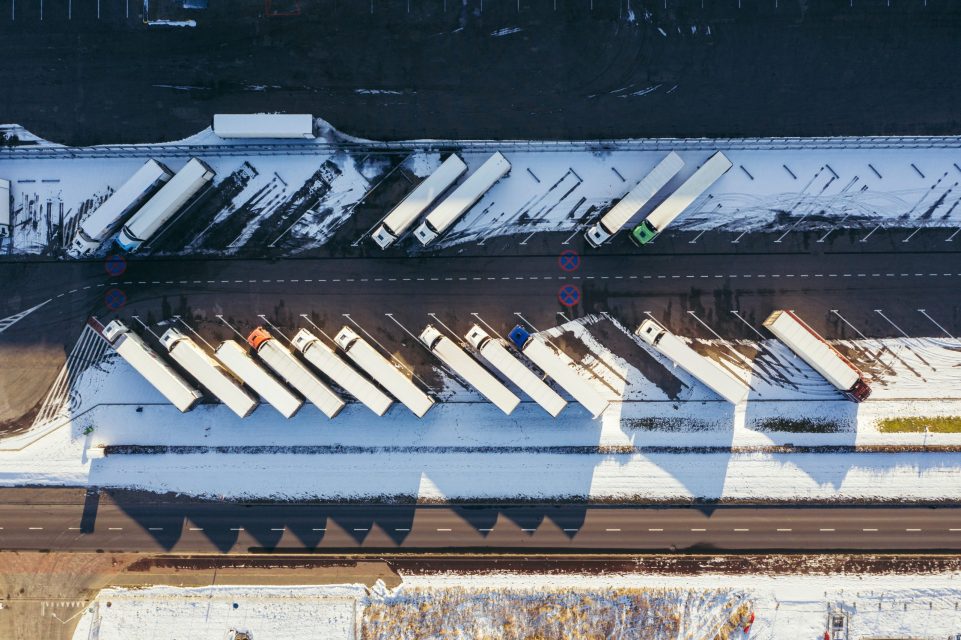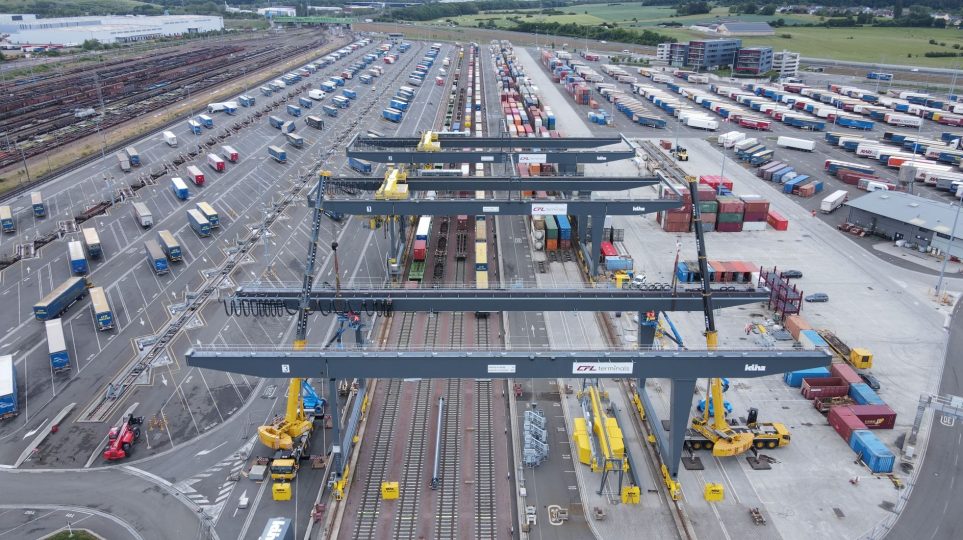The much-awaited revision of the TEN-T regulations is here. The EU Parliament plenary voted by an overwhelming majority in favour of the revision. The legal document that will soon be adopted provides some highlights, including plans to boost intermodal transport and multimodal transport and terminal networks across the old continent.
Of course, the 260-page document includes multiple amendments, with the EU’s aim being to stick to them as much as possible and avoid additional revisions for the TEN-T. In theory, Brussels want the soon-to-be-adopted policy to become the founding stone for the future of European mobility and provide regulatory stability for the transport industry to adapt to the upcoming changes.
Some important points include ERTMS deployment, the introduction of European Coordinators for each Transport Corridor, and the improvement of cross-border operations. RailFreight.com will address all those points in exclusive articles.
First, an essential aspect to mention concerns the operational priorities within the regulation, which aim to streamline border procedures and enhance the efficiency of freight transportation. Brussels officially and clearly set the tone regarding the future of freight cross-border links: border crossings should last a maximum of 25 minutes, while 75 per cent of freight trains should reach their destination with a maximum delay of 30 minutes. With this as a basis, the Commission will attempt to transform multimodal and intermodal transport.
Also read: European Parliament clears path for revised TEN-T guidelines
Infrastructure parameters for freight trains
One of the key prerequisites set by the rail freight industry concerned the technical parameters of freight trains within the TEN-T. The EU did not fail to deliver in this sense since the amended regulation includes parameters that industry bodies like ERFA have been advocating for.
Specifically, the Commission will facilitate the deployment of 740-metre trains with a loading axle of 22.5 tonnes, as promised. Moreover, the 740-metre trains will not need special permission to run, except in sections where the “specific characteristics and challenges of Networks” do not allow it or in cases where “such allocation would not always be justified in socio-economic terms”.

The EU also set some path allocation requirements for deploying longer freight trains. Those requirements dictate that at least 24 daily train paths can be allocated to freight trains on double-track lines (one path per two hours per direction). At the same time, at least 12 train paths will be allocated to freight trains on single-track lines (one path per three hours and direction).
Semi-trailer transport also has some new rules when it comes to loading parameters. Specifically, the revised legal document says that it provides for the circulation of trains carrying standard semi-trailers up to 4 metres high, loaded at a height of at least 27 cm above the top of the rail track and with a minimum height of 33 cm.
Towards a comprehensive multimodal terminal network
The EU has made its conviction to establish a comprehensive European multimodal transport and logistics network the flagship of the TEN-T revision. In doing so, Brussels is also actively targeting the creation of a network of multimodal terminals that will facilitate interoperability and boost European intermodal transport. At the same time, Brussels also encourages, while not binding, Member States to follow a similar approach.
“Member States should conduct a market and prospective analysis on multimodal freight terminals on their territory and elaborate an action plan for the development of a multimodal freight terminal network. […] The action plan should promote the development of multimodal freight terminals; however, it should not lead to an obligation for the private sector to invest in terminals,” read the regulation explicitly.

For a multimodal or intermodal terminal to be included in the TEN-T there are some requirements. For instance, “its annual transhipment of freight exceeds, for non-bulk cargo, 800,000 tonnes or, for bulk cargo, 0,1 per cent of the corresponding total annual cargo volume handled in all maritime ports of the Union”.
At the same time, the EU expects such terminals to become more ‘inclusive’ when it comes to modes other than rail and suggests that they should all be equipped with truck recharging and hydrogen refuelling infrastructure.